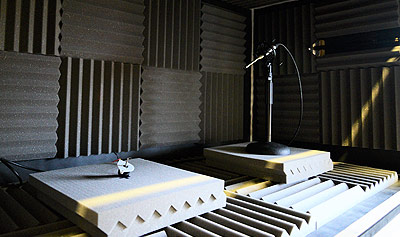3 sure steps to faster R&D
21 September 2018
Are you an R&D manager who would like to get your products to market more quickly?
You may have suffered project delays such as: just can’t get it working; people seem to be busy on other things; you thought it was all fine but after it was all tooled problems started to occur.
Or the worst one of all: a product recall because of an adverse patient safety event.
Everyone wants to avoid problems like these, but the big question is how can you greatly increase the chances of success?
Here’s one good answer:
Many organisations go straight in to step 2. Design the product, do a few tests and then commission production tooling. But often, the production environment is slightly different from R&D. A few changes are made. Aspects that “just worked” before, now “don’t always work”. Problems grow and it is mighty painful to iterate your design within the constraints of already-made tooling. You can spend ages trying to get it to work with minor modifications, and eventually accept that you have to spend that $5m on tooling and automation again. Ouch.
Step 1 is the key to fast, low-cost R&D. If it costs, say \$100k to properly understand the science, that is peanuts compared to spending the \$5m twice for step 3. A good understanding comes not only from scientific insight, but rigorous and methodical testing of the failure modes, backed up by sufficient statistical evaluation to be sure you have confidence in the results.
Very many companies I work with don’t do step 1 to sufficient detail. As a result, they often suffer delays of, quite literally, many years. For a product worth \$50m a year, it’s mad to suffer that loss for the sake of a few \$100k up front for a few months. So my advice is to invest effort in step 1 to reduce risk as much as you can. Get the best people you can find to do so. And make sure that when you spend the big money in step 3, you are certain that you’re only going to do it once.



